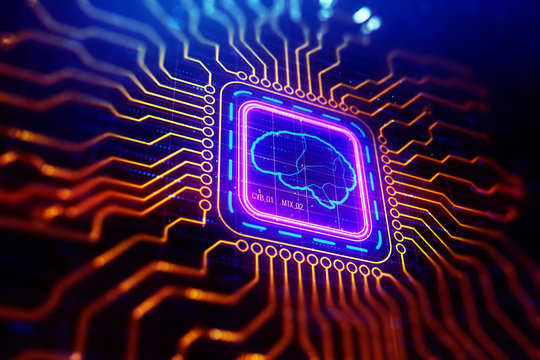Learn about the latest developments in Brain-Computer Interface or BCI for short. This technology is being researched and developed intensively, and it has a lot of potential for personal and commercial use.
Introduction
Brain-Computer Interface (BCI) is a technology that allows computers to be controlled by humans through signals transmitted from the brain. BCI devices have been used for many years to help people with disabilities maintain electronic devices, but they are now being increasingly used in other ways as well.
One example is telekinesis, the ability to move objects with your mind. Researchers at Ohio State University have developed a BCI system that can be used to control a robotic arm. By sending electrical signals from the user’s brain, they can move the feeder even when they’re not looking at it. 
This technology has enormous potential implications for human augmentation and rehabilitation. For example, it could eventually lead to prosthetic arms controlled using only your thoughts or even implantable brains that allow people to interface directly with digital systems.
How does it work?
Brain-Computer Interface (BCI) is a technology that uses the brain to control computers. BCI systems allow people with disabilities, such as paralysis, to use their thoughts to interact with computer systems.
BCI systems work by directly capturing and decoding the user’s brain signals. This data is then processed and used to control computer programs or devices. BCI systems are becoming more and more popular because they are easier and faster than traditional methods of inputting information, such as using a keyboard or mouse. Additionally, BCI systems are less invasive than other input forms, such as surgery.
There are several different BCI systems, but electroencephalography (EEG) is the most common. EEG sensors are placed on the scalp and track the brain’s electrical activity. This information is then processed and used to decode user commands or data entries. Another type of system uses Magnetoencephalography (MEG), which monitors changes in blood flow in the brain. MEG is often used in research studies because it provides more detailed information than EEG sensors about how different parts of the brain are functioning.
Brain-Computer Interface has many potential applications for people with disabilities, researchers, and developers alike. It may one day help people with limited mobility communicate through computers or even operate powered prosthetic limbs without any human.
Benefits of Brain-Computer Interface
The brain-computer interface (BCI) is a technology that allows people to control computers with their thoughts. It works by transmitting signals from the user’s brain directly to the computer, bypassing the need for a mouse or keyboard.
BCI technology has many benefits, including restoring movement and communication in people who have lost them due to injury or disease. It can also be used for disability prevention, rehabilitation, and other tasks like playing video games or driving cars.
There are a number of benefits to brain-computer interface (BCI), a technology that allows two people to communicate remotely by sending messages through their brains. These benefits include:
- Improved communication and collaboration between people with disabilities and those who can help them.
- Increased efficiency and productivity in business and professional settings.
- Reduced errors and misunderstandings caused by lack of communication.
- Creation of new ways for humans to interact with machines, including enhanced prosthetic limbs or other devices.
Conclusion
BCI devices are currently used for various purposes, including controlling computer systems and prosthetic devices. They are also being explored as new modes of communication and control for people with disabilities.
There are a number of potential applications for BCI technology that has yet to be explored. For example, BCI could potentially help people with autism or other neurological disorders communicate more easily with others. It could also control advanced prosthetic devices or even robotic exoskeletons. The possibilities are endless, and there’s no telling how far BCI will go in the future!



Leave feedback about this